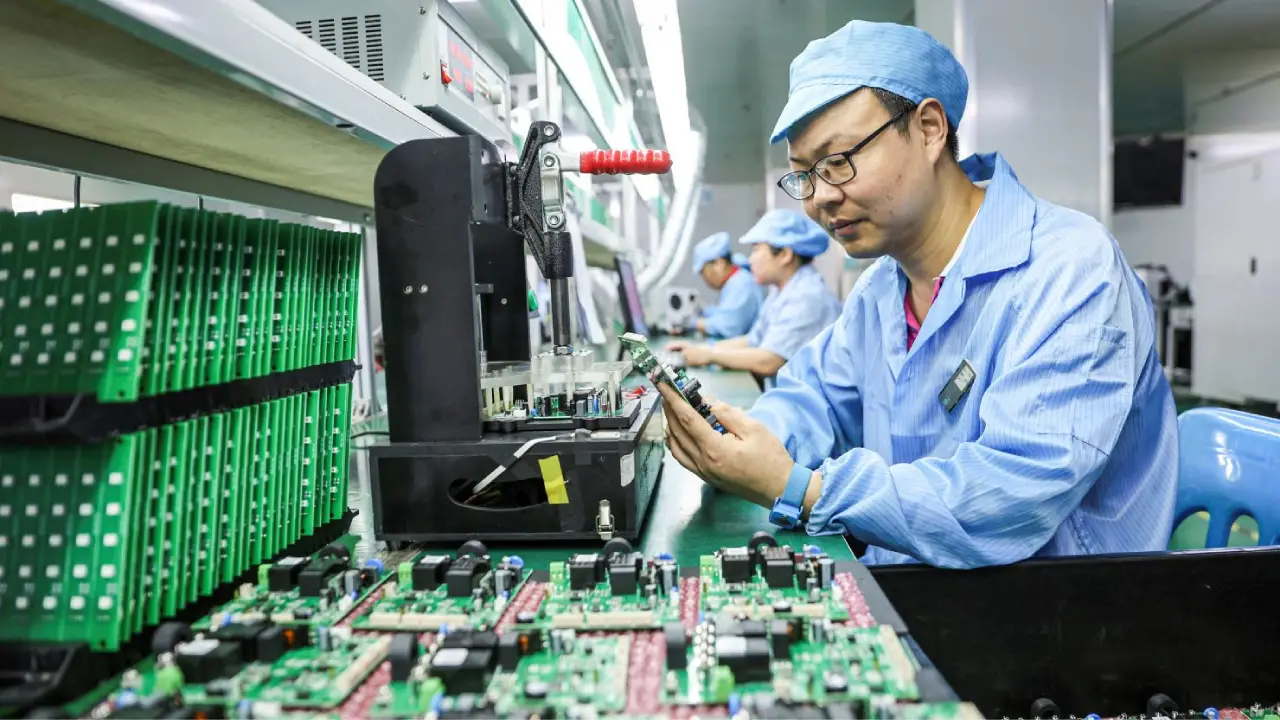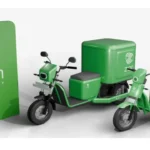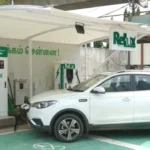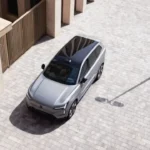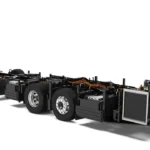China Ban has stunned the global EV sector this week with far-reaching new export bans. On a number of its most cutting-edge electric vehicle (EV) battery technologies. The action, introduced by China’s Ministry of Commerce on July 17. Imposes new controls on eight priority battery-related technologies. Including the trade-secret processes behind lithium iron phosphate (LFP) batteries. They present propel most budget EVs globally.
Details of the China Ban
- With immediate effect, the prohibition bars the export overseas of:
- Three key technologies related to LFP. Lithium manganese iron phosphate (LMFP) battery manufacturing
- Five lithium extraction and processing technologies
- Any business that wants to export, license, or otherwise transmit these technologies. It will now need formal government approval. A process likely to be lengthy and thoroughly vetted.
Why Does This China Ban Matter?
China today controls more than 67% of the global EV battery market. An even higher percentage of LFP production and expertise. These batteries, valued for their lower cost and long life cycle. These are becoming the backbone of low-cost EVs. Ranging from BYD and Tesla vehicles in China to India’s Tata Nexon EV and Mahindra XUV400.
China Ban Impact on India
India, with its ambitious EV roadmap and budding battery manufacturing plans. It is expected to feel the shockwaves acutely. Several Indian startups and joint ventures now face new roadblocks. Some are still finalizing technology transfer agreements with Chinese partners.
Dr. Ravi Bhandari, industry expert and visiting faculty at IIT Delhi, observes,
“The prohibition is a wake-up call for India’s EV market. Our sector will perhaps need to ramp up indigenous R&D. It looks towards other partners from Korea, Europe, or even local inventors.”
Global Industry Voices
- CATL and BYD (China’s battery titans): Both entities are confronted with renewed uncertainty for their foreign expansion plans. Especially as they plan to construct factories in Europe and Asia.
- US and EU Automakers: With the renewed emphasis on localizing supply chains. The markets will now have to invest further in alternative technologies. Pressure for timely Chinese export licenses.
- Western Analysts: Counterpoint Research’s Liz Lee said to Reuters. “The move expands the EV tech ‘cold war’ from raw materials to intellectual property. It’s likely to drive up costs and delay the next wave of affordable EVs worldwide.”
Safety Standards: Setting the Bar Even Higher
Alongside the export restriction. China has also pledged to make mandatory use of the world’s highest standards of battery safety from July 2026.
New battery packs should now:
- Withstand rigorous thermal runaway tests without fire or explosion for a minimum of two hours
- Withstand fast charging and direct short-circuits without failure of a catastrophic nature
- Be fitted with sophisticated battery management systems for even safer city mobility
Industry analysts predict that these new regulations will increase R&D and production expenses. Possible enough to trigger additional consolidation in China’s vast battery industry.
What’s Next for India?
Although the export controls do not immediately stop current supply of finished cells. Constructed batteries, future Indian endeavors dependent on Chinese technical drawings. It will now advance in utmost uncertainty. For indigenous brands, Beijing’s message is unambiguous: pour money into R&D, find new partners. Wait for possible delays in the introduction of the following generation of affordable electric vehicles.
ELCTRIK Speaks
For India’s future “Make in India” EV battery industry. This is both an opportunity and a challenge: to raise local innovation. Draw on strategic partnerships outside China, and strengthen policies for a strong, resilient green mobility future.


